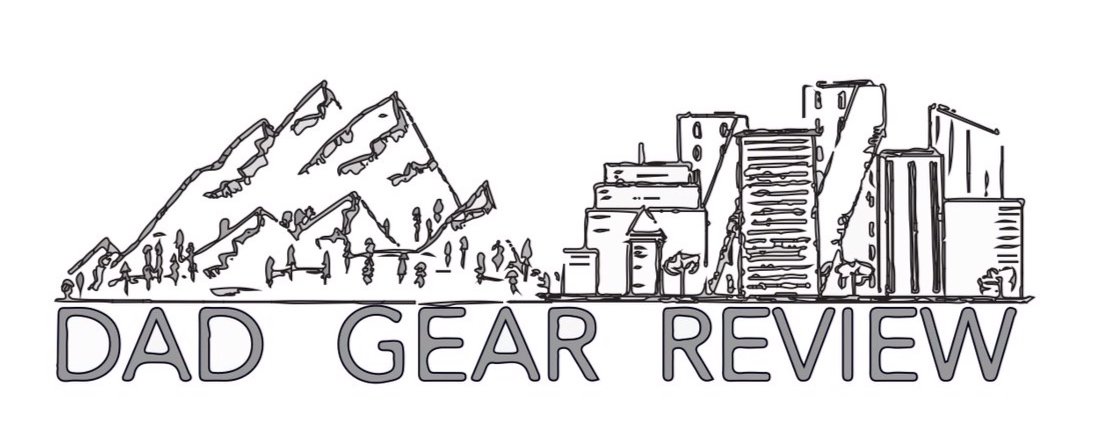
Sleeping Pads Are An Essential Part of Your Camping or Backcountry Kit
We Help You Choose the Best Sleeping Pad Thanks to Some Expert Advice
By Steven John
Your sleeping pad is almost as important as your sleeping bag when it comes to getting a good night of rest at the campsite or in the field. Frankly, on a mild night, you would probably sleep better using a good air mat alone than with a sleeping bag laid right on the ground. Rocks and roots in the spine? Not fun. And on a cold night, a properly insulated air mat plays a major role in keeping you warm – your bag and your pad are like two peas in a pod, really.
But like sleeping bags, camping mats come in all shapes and sizes and are designed for all sorts of different backwoods scenarios, from ultralight sleeping pads designed for mountain climbers to jumbo sized camping mattresses perfect for the casual car camper.
To help clear up the sleeping pad confusion, we decided to check in with an expert. So we talked to Matt Maxfield, the Vice President of Product & Innovation at Gathr Outdoors, which just happens to be the parent company of a few Dad Gear Review favorite brands, like GCI Outdoors and Klymit, the latter of which just so happens to make some amazing sleeping pads. (We know because we sleep on them!)
What are the basic things someone should consider when looking for a sleeping pad?
“A few of the important things to consider are what are the main activities I’ll be doing with my sleeping pad and where will I be going,” Matt said. “Think about: ‘Will I have to carry my pad far?’ Like backpacking or a walk-in campsite, or [is it] car camping, backyard. Think: ‘What seasons will I be sleeping in? How cold will it get overnight while I sleep?’ These are really two great narrowing questions I always love asking customers when recommending a sleeping pad. Also, are you looking for a one pad option that will do it all or are you willing to have a second pad for different activities? Just like someone may have both a road bike and a mountain bike, it isn’t uncommon to have a backpacking pad and a car camping pad.”
What differentiates different types of camping air mats, from insulation factor to material to weight?
“Certainly insulation and materials are big differentiators, and there are some other things that often get overlooked, like how easy and fast is it to inflate. I’ll make a shameless pitch for Klymit Static V line of pads, which is very fast to inflate over the competition!”
(Editor’s note: that’s the truth – can inflate a solo Static V in six breaths!)
“Another thing that differentiates is how comfortable the sleeping pad is. Often consumers think thickness equals comfort, so greater thickness equals greater comfort. However this is an easy trap to fall into, and not all ‘thick’ pads are created equal. There are some less thick pads that are far more comfortable than thick pads! Also, it is important to note that just like a shirt or pair of pants, [sleeping pads] can fit everyone a little differently, and so when possible, trying one out is a great idea.”
How do you choose the best air mat for your needs, factoring in your size, your activities, the season, etc?
“This is a really good question – we are passionate about sleep! It is often one of the most dreaded parts of an overnight adventure when away from your bed, and so choosing a pad that is best for you is ideal. You want to consider what are your most important factors and what you are not willing to negotiate on and what you are. For example, if you want comfort as your most important feature, how much extra weight or pack size are you willing to have? Are you looking for an all-around great option that may perform well in weight, comfort, and pack size, but may not be the lightest pad available? Or may not be the most comfortable pad on the market? I know that many people prefer to have the most comfortable pad and are willing to sacrifice a little pack size and weight to backpack with it because they know it works for them.”
How vital a part of a camp sleeping system is the sleeping pad? Is it must-have gear, or a place to cut gear weight?
“They’re essential! I’d never leave a pad at home. It is an important buffer between you and the ground which helps you maintain body heat and softens the hard ground. There are some very light pad options available so really there is no need to not carry a pad. You can certainly cut some great weight on the sleeping pad if that is one of your most important metrics. There are pads that are under a pound and considered ultralight that would be a great option.”
What are some tips for sleeping pad care and maintenance?
“Put your pad away dry. Often after a trip it is easy to have moisture on the pad and you roll it up and forget to air it out and dry it out post trip. Drying it helps reduce mildew and mold. A quick wipe down after a trip with a mild soap and water is a great way to keep the pad clean. Especially with air pads, moisture, dirt, and oils will break down the air-retaining laminate, so keeping the pad clean is essential for long-term durability and staying leak free. Also, an easy way to care for your pad is carefully choosing where you place it, making sure your tent floor or tarp doesn’t have any sharp objects that could potentially pop the air pad.”
What are mistakes people make when choosing and using air mats for camping?
“Similar to some of the things people should consider when purchasing an air pad are mistakes that often happen, too. One I see too often is someone buys a sleeping pad that is big and heavy and then they decide to start doing a lot of backpacking and the pad isn’t matched to the activity. One thing I see as well is that some people equate the amount of money spent on a sleeping pad to one being the best option; this is not always the case, as there are some very well priced sleeping pads on the market that are going to be a great purchase and great in use. Another common mistake is filling your pad too full: just like in home mattresses, some like it firm and some like it soft. It is OK to have a softer sleeping pad and not fill it all the way up. Personally, I enjoy filling my air pads up all the way and then letting a little air out so it is softer; that works for me, while I have colleagues who blow as much air into the pad as they can for a nice firm feel. Experiment to find what works best for you. One more common issue I see is users don’t try different setups or scenarios with their gear. They try it once and write it off as a bad experience while they just need to adjust a few things about their sleep system to dial it in.”

